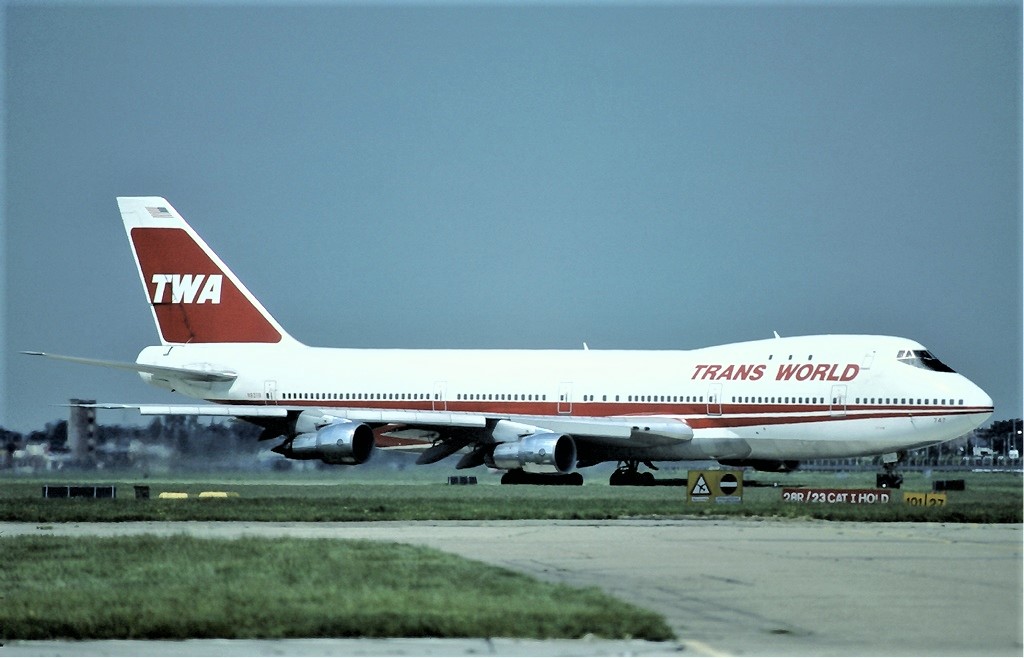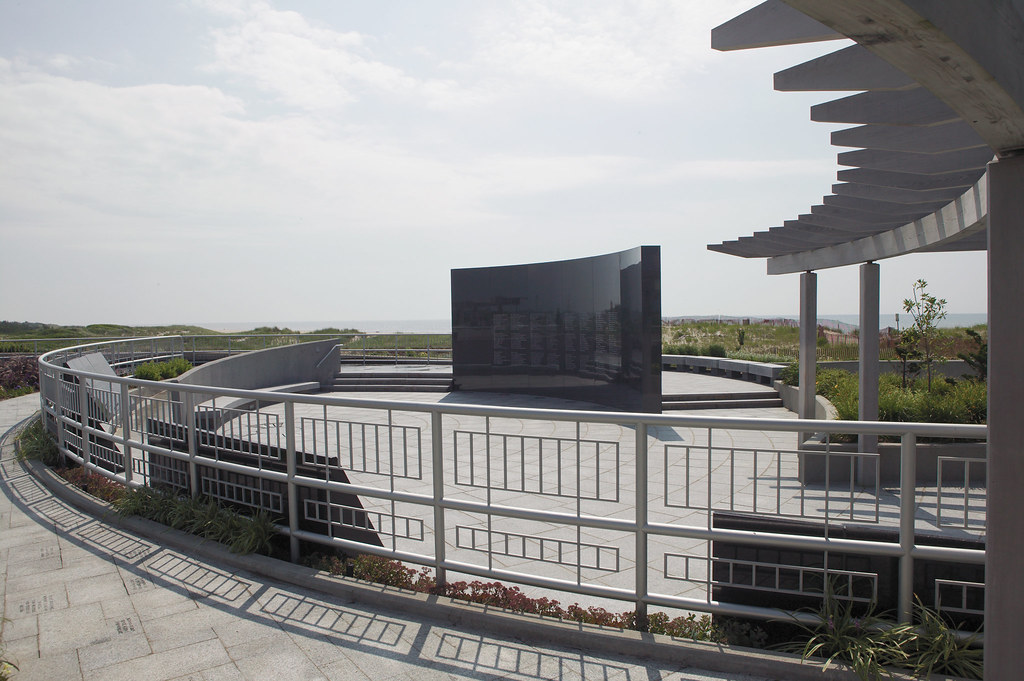As unfortunate aviation accidents can be, they often are an important learning curve that prevents any further loss of life. In the case of Trans World Airlines flight 800, investigators performed the monumental task of physically reconstructing the destroyed aircraft; in an attempt to bring closure to the family and friends of those who tragically lost their life in the July 17th 1996 disaster.
The Accident
TWA800 was a scheduled passenger flight, between New York John. F Kennedy and Rome via Paris, operated by a Boeing 747-100. At the time of the accident N93119 was conducting the flight, with 230 occupants on board.
Shortly after departure the aircraft vanished from monitoring radars, following a request to climb to 15,000 feet from Boston Tower. It didn’t take long to realise 230 people had succumbed to a horrific air disaster.
Other airborne aircraft confirmed the news, stating that an explosion had formed mid-air before disappearing into the dark waters below. On the ground, people observed an explosion and a terrifying rainfall of burning debris.
An enormous response was triggered. Civilian, military and police vessels raced to the field of debris, off the coast of Long Island. Immediately it was clear that no one had survived the violent nature of the accident.

The Investigation
Initially, the public were quick to call a terrorist attack, or military accident, in response to witness reports. Either a bomb or surface-to-air missile was to blame, but investigative authorities could not draw any conclusions so quickly. After all, the National Transportation Safety Board (NTSB) does not investigate criminal offences.
The FBI was summoned to work with the NTSB, to determine if any criminal activity was involved in causing the second biggest aviation disaster in United States history at the time.
To perform a complete and professional report, the wreckage had to be recovered. At the end of the operation 95 percent of the aircraft was in the hands of the NTSB, the FBI, Boeing and other parties, all of which were desperate to find the cause.
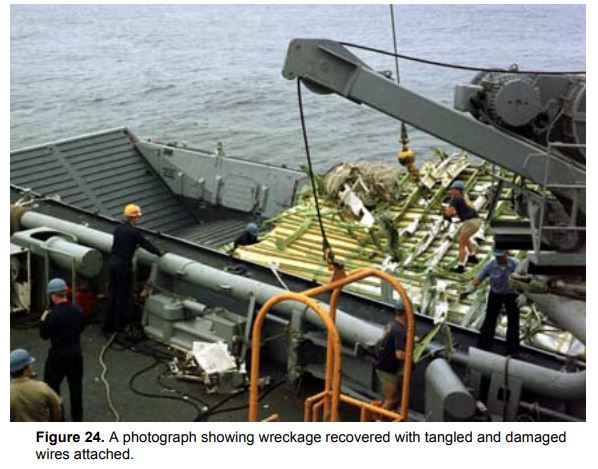
Hangar space rented in Calverton, New York is where the investigation really kicked into action. Each piece was meticulously examined for any sign of failure, sabotage or damage, however it was proving to be hard to pin-point any subjects on the remains.
Reconstructing TWA800
The investigation got serious when the NTSB informally decided to use, what was left of, the wreckage to reconstruct the aircraft. By assembling the wreckage, an analysis of the spatial relationship between each of the components could be performed.
Between August 1996 and January 1997, the Boeing 747 was reconstructed in the following three separate small three-dimensional mock-ups: (1) the rear spar, span wise beam 1 (SWB), mid spar, SWB2, SWB3, centreline rib and the wing centre section (WCS) upper panel; (2) the front spar, forward lower panel pieces, keel beam and adjacent fuselage pieces; and (3) the remaining WCS lower panel.
Additionally, investigators also assembled separate three-dimensional reconstructions of the forward and aft cargo compartments, air conditioning packs, underwing fairing, nose landing gear wheel well, fragments of fuel tank assemblies and components and the cockpit instrument panels.
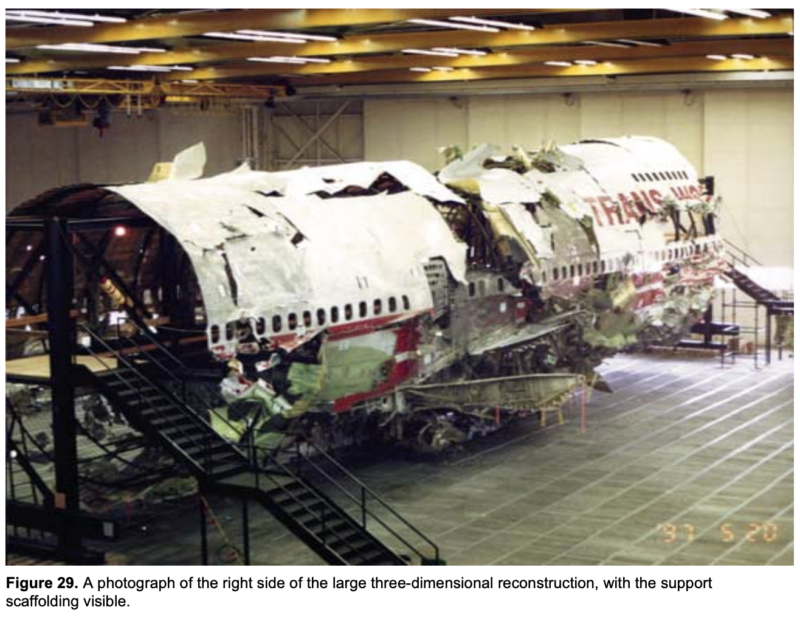
Still, it was not clear what the definitive cause of the accident was.
Structural failure, an explosive device either internally or externally detonated and a fuel tank explosion were among the several theories drafted up during the investigation. The explosive device made itself more and more prominent, as investigators had found traces of a chemical commonly used in low-grade improvised explosive devices.
However, further investigation from the FBI, and even NASA, later revealed that the chemical traces were unlikely the result of an explosive device, but rather the combination of the adhesives used for seat manufacturing at the time and past military transport/training.
Despite this, the theory had already gained plenty of media attention; further escalating the belief that TWA 800 was the result of a terrorist attack.
The Sequencing Group
Using their newly constructed wreckage, and pushed by public belief, the NTSB changed how they were looking at the accident. Rather than hunting the source down directly, investigators were to establish the sequence of events that took place prior to the explosion; this resulted in the formation of The Sequencing Group.
The group examined all the individual pieces of the wreckage and both the two and three dimensional reconstructions of the aircraft. They also evaluated the relationship of the location of pieces of wreckage, at the time of recovery, to differences in damage fields, such as soot deposits on surfaces, fractures and changes in electrical conductivity.
It didn’t take long for the Sequencing Group to determine that the aircraft first started to breakup in the centre wing section. An overpressure event, which is described as a rapid increase in pressure resulting in failure, had occurred in the centre wing fuel tank. Because of the conclusions drawn by the FBI and NASA, that there were no traces of explosive material, the only factor remaining was a deadly fuel and air mix.
By looking at pre-flight documents and calculating fuel consumption, investigators concluded 190 litres of jet fuel was present in the subject tank at the time of the explosion. Experiments performed on a replica tank, under the same conditions, found that the low amount of fuel and the air in the tank was highly flammable.
Concluding the Investigation
With the Sequencing Group now having a base location to work off, it was now up to them to determine why the centre wing tank experienced an overpressure event.
The first culprit identified was the heat produced by the air-conditioning packs installed below the tank, which produced considerable amount of heat when operating in a standstill environment.
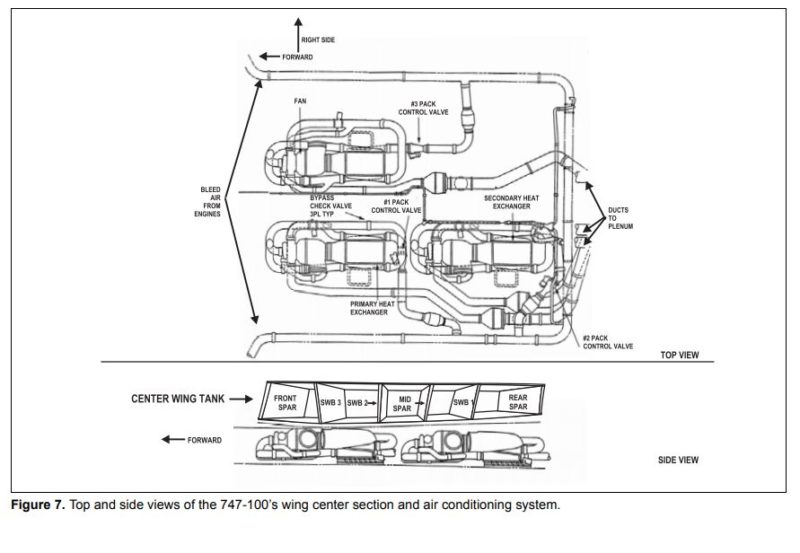
During the investigation, simulations were conducted using replica components to confirm the theory. A retired Air France Boeing 747 was even loaded to the same specification as TWA800, at the time of the incident, to conduct centre wing tank explosion tests, with the help of the British Defense Evaluation and Research Agency (DERA). The NTSB acknowledged that whilst the results were not comparable to the accident flight, they did show that a centre wing tank explosion could destroy an aircraft.
In addition to the tank simulation, the NTSB also loaded another TWA 747 with the same fuel, on a day with the same temperature, in the same location and with the air conditioning on for 2h 45min. The aircraft was then flown the same way as TWA800s flight recorders suggested. Analysis of the centre tank temperature revealed that the temperature climbed to nearly 70 degrees Celsius.
So the location of the initial breakup had been discovered, an uncomfortably high temperature in the centre wing tank had been recorded, but what ignited the heated fuel/air mix lingering in the tank?
Even though it was highly unlikely, the idea of a bomb or missile being the cause was not ruled out by the NTSB. The FBI received over 750 witness reports at the time of the accident, with over a hundred stating that they saw a flare or a flash head towards the aircraft.
The US Navy was conducting missile tests in the area at the time, however the investigation and further interviews minimised the likelihood of a direct strike.
Other potential causes included lightning strike, impact from a meteor, hot surface ignition, an uncontained engine failure and static electricity.
Somewhat moving on from these causes, investigators turned towards the Fuel Quantity Indication System or FQIS. Being the only set of wiring to run inside of fuel tanks, the FQIS relies on extremely low voltages to provide readings to the flight crew.
Analysis of the flight data recorder identified two drop-outs and also background interference, which corresponded with the captains observation of erratic fuel flow readings for engine number two.
Testing of an identical system enhanced evidence surrounding the FQIS as the ignition source, especially given the way it reacted when a short or higher-than-normal voltage was applied.
After an exhaustive four year investigation, the NTSB finally concluded that an electrical failure, likely related to the FQIS, ignited the highly flammable fuel/air mix in the centre wing tank as a result of fault or damaged electrical wiring.
The Aftermath
As a result of the accident, and the subsequent investigation, Boeing made several design changes to their 747 platform, based on the fifteen recommendations from the NTSB.
Insulation was installed between the air conditioning packs and the centre wing tank, to prevent the build up of heat, modifications were also made to the wing structure and ignition sources were removed/modified, to prevent future tank explosions.
The introduction of the nitrogen inerting system for commercial aircraft followed the investigation, even though it had been previously used in military aircraft. The system was made a requirement for all new aircraft, as well as older aircraft where possible, and has seen many alternates to its design since.

However, even with the investigation now complete, many people remain confident that it was the result of an explosive device, basing their belief off witness events, the FBIs findings and by conducting their own independent investigations. A request to redo the investigation was proposed in 2013, but was later denied by the NTSB.
“Our investigations are never ‘closed’. We always remain open to the presentation of new evidence.”
Acting Chairman Christopher A. Hart. at the time
It was later declared that, after a thorough review of all the information provided by the petitioners, a new investigation would not be conducted because the “evidence and analysis presented did not show the original findings were incorrect”.
A memorial was formed to remember the 230 people who lost their life in the tragic incident, this can be found on Fire Island, New York.
Decommissioning the Reconstruction
25 years later, the NTSB has announced that it will be decommissioning the wreckage reconstruction of TWA800. The announcement comes as the lease for its current resting site in Ashburn, Virginia nears expiry.
For nearly 20 years, the reconstruction of TWA800 has been a training tool for new and existing NTSB investigators. However, as computer models have increased in definition and accuracy, the need for such a large structure has become less apparent.
Those who have seen, or worked on, the model have described it as powerful and sobering, due to the raw nature of it. NTSB Managing Director Sharon Bryson
“From that investigation we issued safety recommendations that fundamentally changed the way aircraft are designed. The investigation also led to a memorandum of understanding between the FBI and the NTSB, regarding investigations of accidents resulting from intentional acts as well as evidence collection and preservation.”
NTSB Managing Director Sharon Bryson
The aircraft will be used for the final time on July 7th, where it will then be heavily documented and digitised using various modelling and 3D scanning techniques. All of the data will be archived for historical purposes.
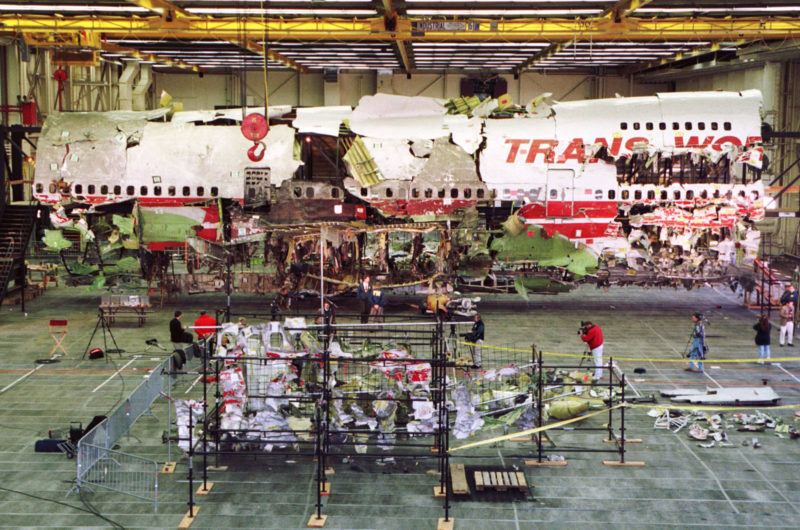
Under the terms and conditions formed between the NTSB, the US Government and the relatives of those who died in the accident, the NTSB has agreed to only use the reconstruction for training purposes and to never to publicly display the piece. Therefore, upon completing final documentational work, the aircraft will be dismantled and completely destroyed.
It was made clear by the NTSB that the involved families, and parties of TWA800, were to be notified of the destruction announcement ahead of their public press release.
To those involved, the move to destroy the aircraft at the end of its useful life is considered true closure. To others, it continues to add to the speculation caused by the investigation. For many, it should be remembered that 230 lives were lost tragically; but they were not forgotten, thanks to the efforts put in the investigation and the changes that came afterwards.
Article sources: NTSB, FBI, Boeing, Reuters, FlightGlobal
Feature Image: Eduard Marmet


